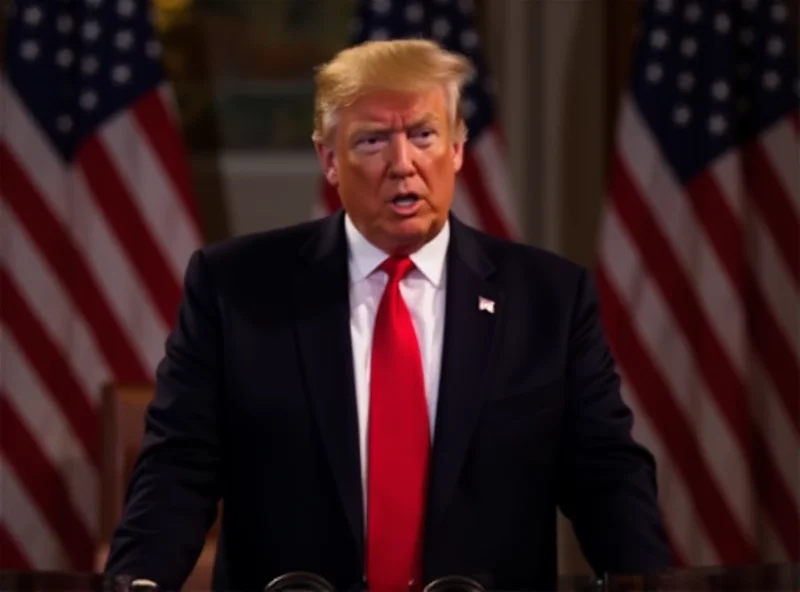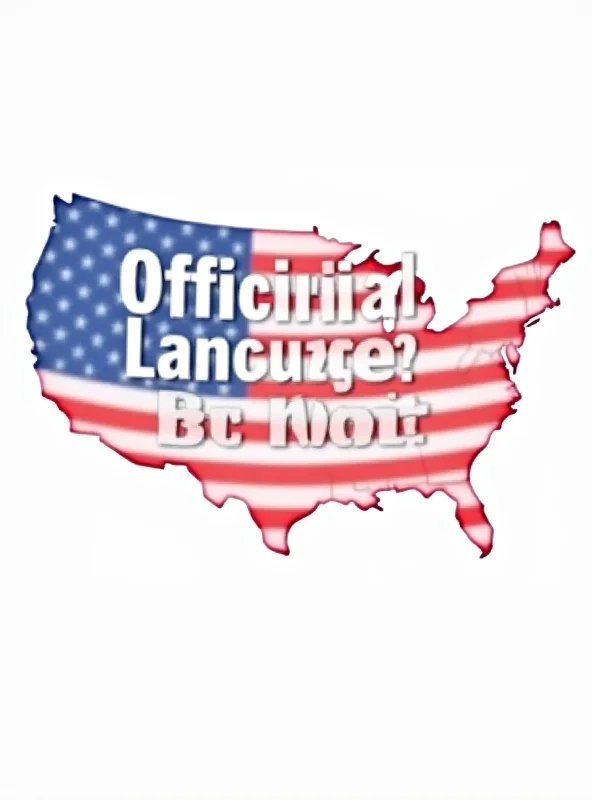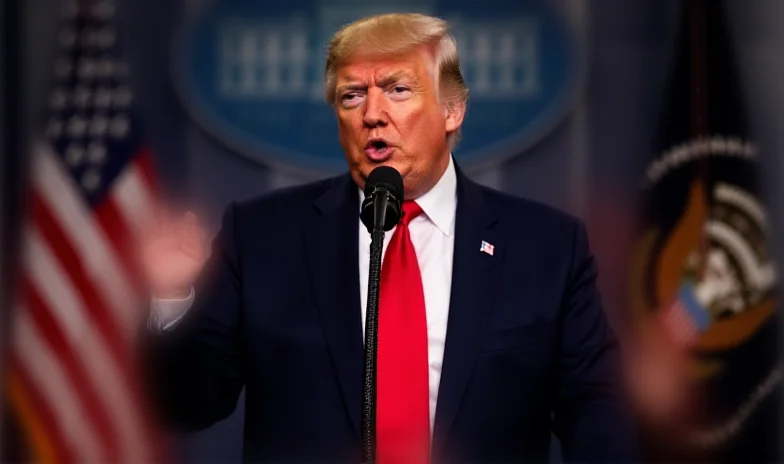Former President Donald Trump is reportedly considering an executive order to designate English as the official language of the United States. This potential move is generating significant buzz, signaling a possible policy shift regarding language use and national identity within the country.

A Symbolic Victory?
While the order is expected to be largely symbolic, it would represent a significant win for the "English-only" movement in America. This movement has historically been associated with efforts to reduce immigration and restrict bilingual education programs. The implications of such a policy shift are already sparking debate across the nation.
This isn't the first time the idea of making English the official language has been floated. Proponents argue it promotes unity and assimilation. Opponents, however, worry about alienating non-English speakers and potentially limiting access to essential services.
The Broader Implications
The potential order has sparked discussions about its impact on various aspects of American life. These include government operations, public services, and the integration of the nation's diverse population. It remains to be seen what specific provisions the order would include and how it would be implemented.

The move could reignite debates surrounding immigration policy and the role of bilingual education in the US. Critics argue that such a law could create barriers for immigrants and hinder their integration into American society.
A Matter of Debate
The possibility of English becoming the official language of the United States is sure to be a contentious issue. It touches upon fundamental questions of national identity, cultural diversity, and the rights of linguistic minorities. How this plays out remains to be seen.

For now, the nation waits to see if the order will be signed and what impact it will ultimately have on the country’s linguistic landscape. The debate surrounding this potential policy change is a reminder of the ongoing discussions about identity, language, and belonging in the United States.
